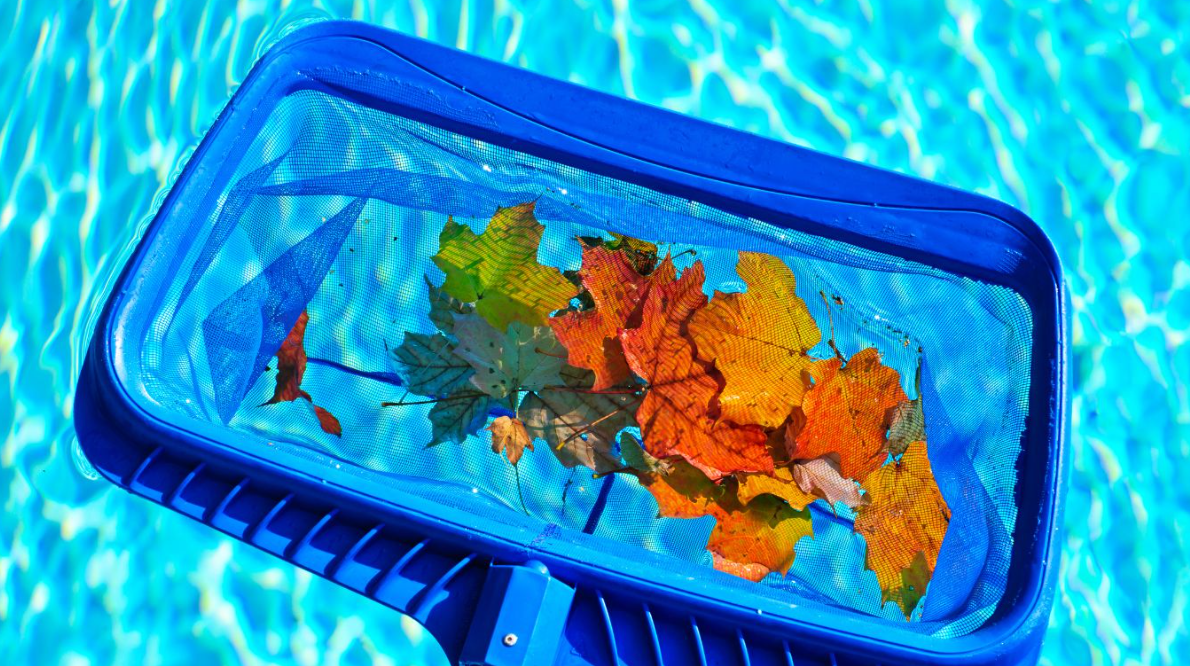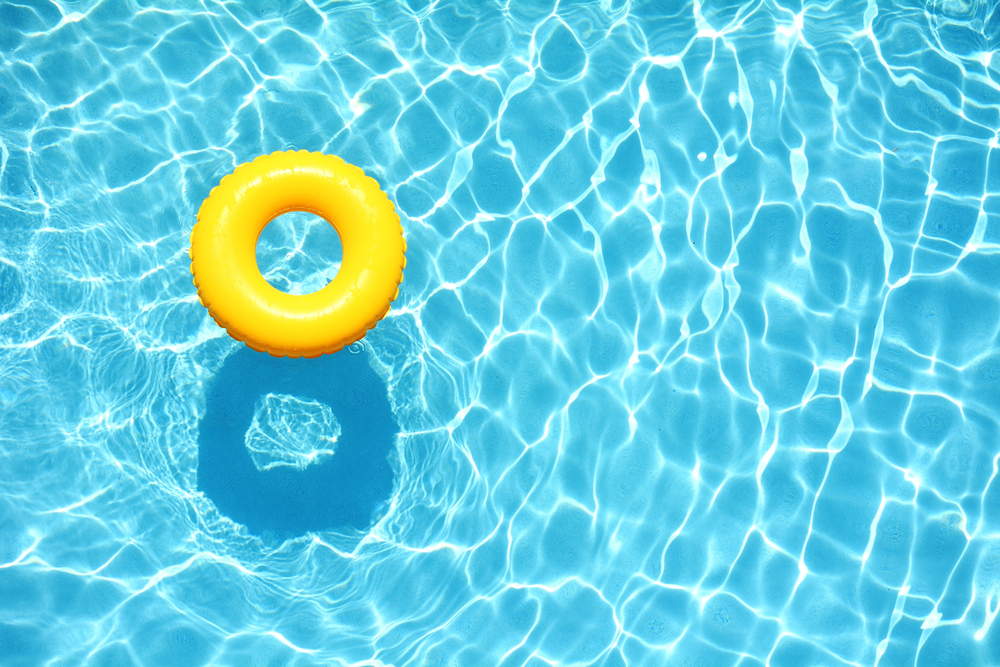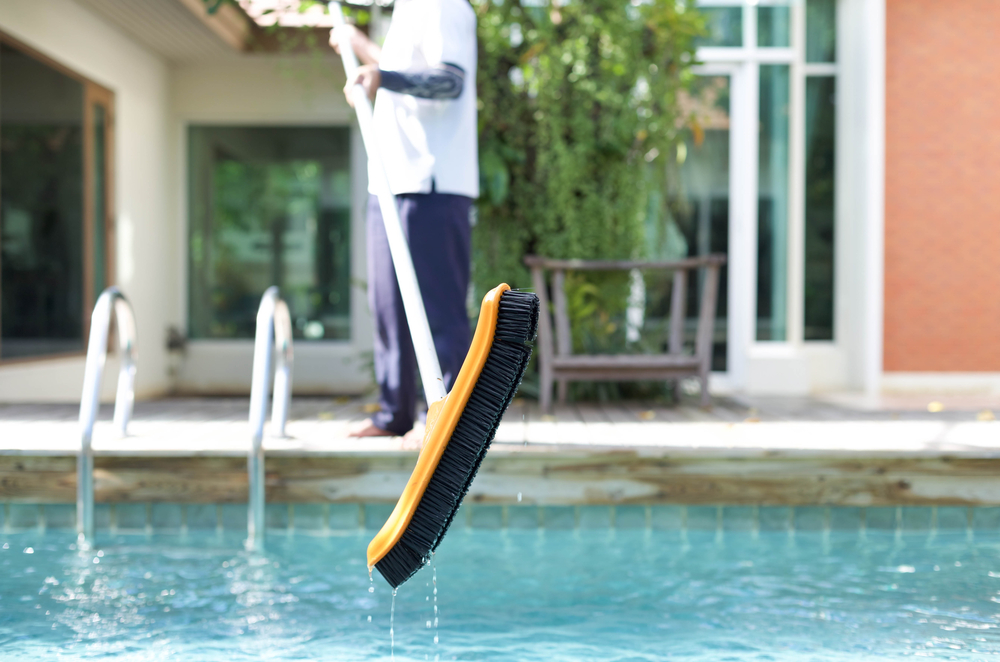Is It True That Urinating in a Pool Turns the Water Blue?

Ever heard the old warning, “if you pee in a pool, it’ll turn blue?” While it makes for a memorable movie gag or parent scare tactic, it turns out this colorful myth isn’t backed by science.
1. It's Just a Myth. There’s No Blue Dye
No pool anywhere contains a special dye that changes color when someone urinates. Experts, including those in the pool industry, confirm this is a longstanding urban legend, not a real chemical reaction. Snopes calls it "the most common pool myth of all time". So that dramatic blue cloud you saw in Grown Ups? Pure fiction.
On Reddit, users echo the truth:
“TIL urine indicator dyes for pools are a myth. There is no such thing as a chemical that turns urine in swimming pools blue or red.”
“I pee’d in the pool... Can confirm, no blue.”
2. So Why Do People Believe It?
This myth likely originated as a disciplinary tool: telling kids there’s a dye in the pool discourages peeing in it. It’s simple, effective psychological trickery. A 2015 survey found nearly half of Americans believed such a dye existed.
3. What Really Happens When You Pee in a Pool?
Urine doesn’t change color, but it does affect pool chemistry:
- Urine contains urea, ammonia, and other organic compounds that react with chlorine.
- These reactions produce chloramines, chemical byproducts that cause that strong “chlorine smell,” red eyes, coughing, and respiratory irritation.
- One extreme byproduct is cyanogen chloride, which, at high levels, can cause skin and breathing issues.
Chlorine doesn’t “kill” the urine. It tries to neutralize contaminants, but the organic material remains, degrading water quality over time. The only way to fully remove urine is to drain and refill the pool. Occasionally filtering or shocking the water helps but doesn’t remove everything.
Interestingly, scientists have a workaround: researchers at the University of Alberta used acesulfame potassium (an artificial sweetener excreted in urine) to estimate how much pee was actually in public pools. One study found pools contained up to 20 gallons of urine, even though visually everything looked pristine.
| Quick Summary | |
|---|---|
| Claim | Reality |
| Pools turn blue when you pee | ❌ False, no such dye exists |
| The dye reveals who peed | ❌ Pure myth |
| Urine affects pool water quality | ✅ Yes, causes chloramines and odor |
| Scientists can detect urine markers | ✅ Yes, with lab testing using sweeteners |
Conclusion & Final Thoughts
The idea of a blue urine and detecting dye in pools is a clever myth, effective as a deterrent, but absolutely ineffective in chemistry. While no visible change occurs, urine still impacts your pool, weakening the effectiveness of chlorine and creating harmful byproducts.
So the answer is clear: Pool water does
not change color if someone pees in it. But if you notice that telltale odor, red eyes, or irritation, it’s probably chloramines at work. Better to hit the bathroom than join the myth!




